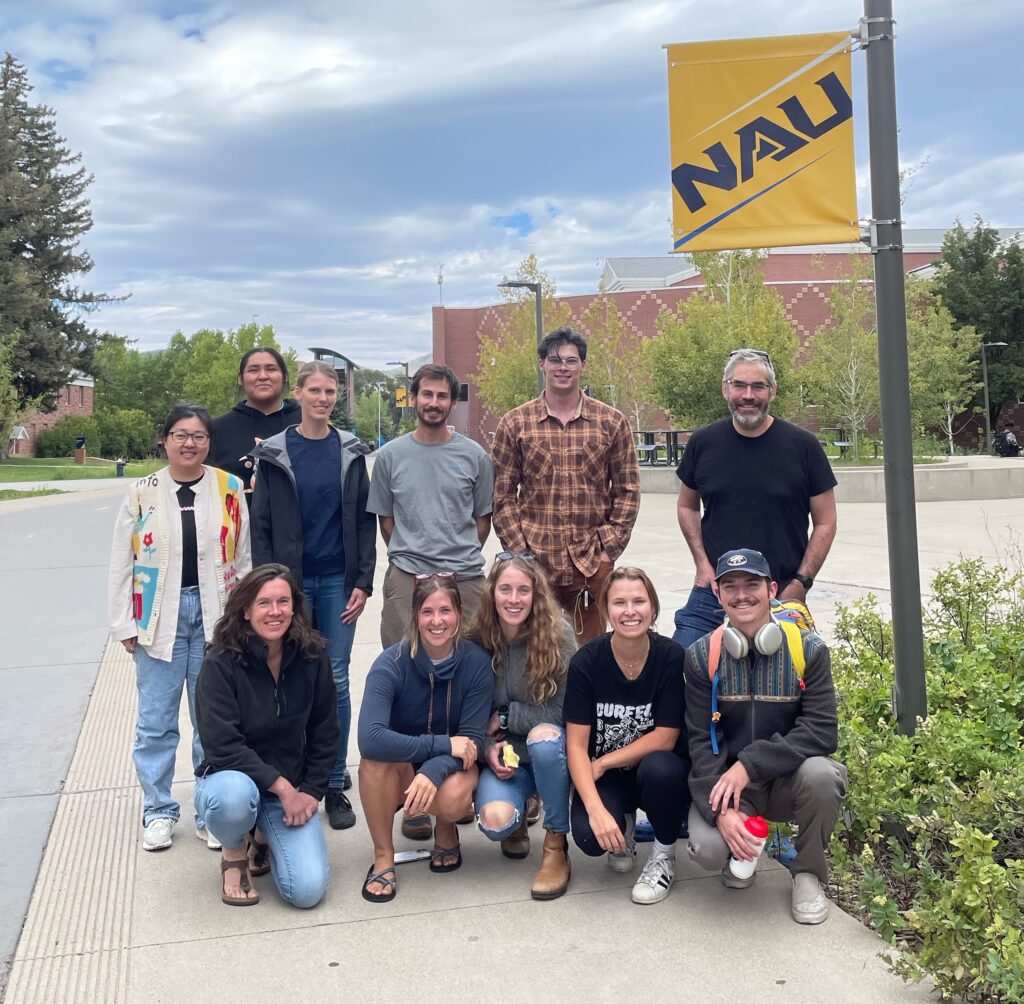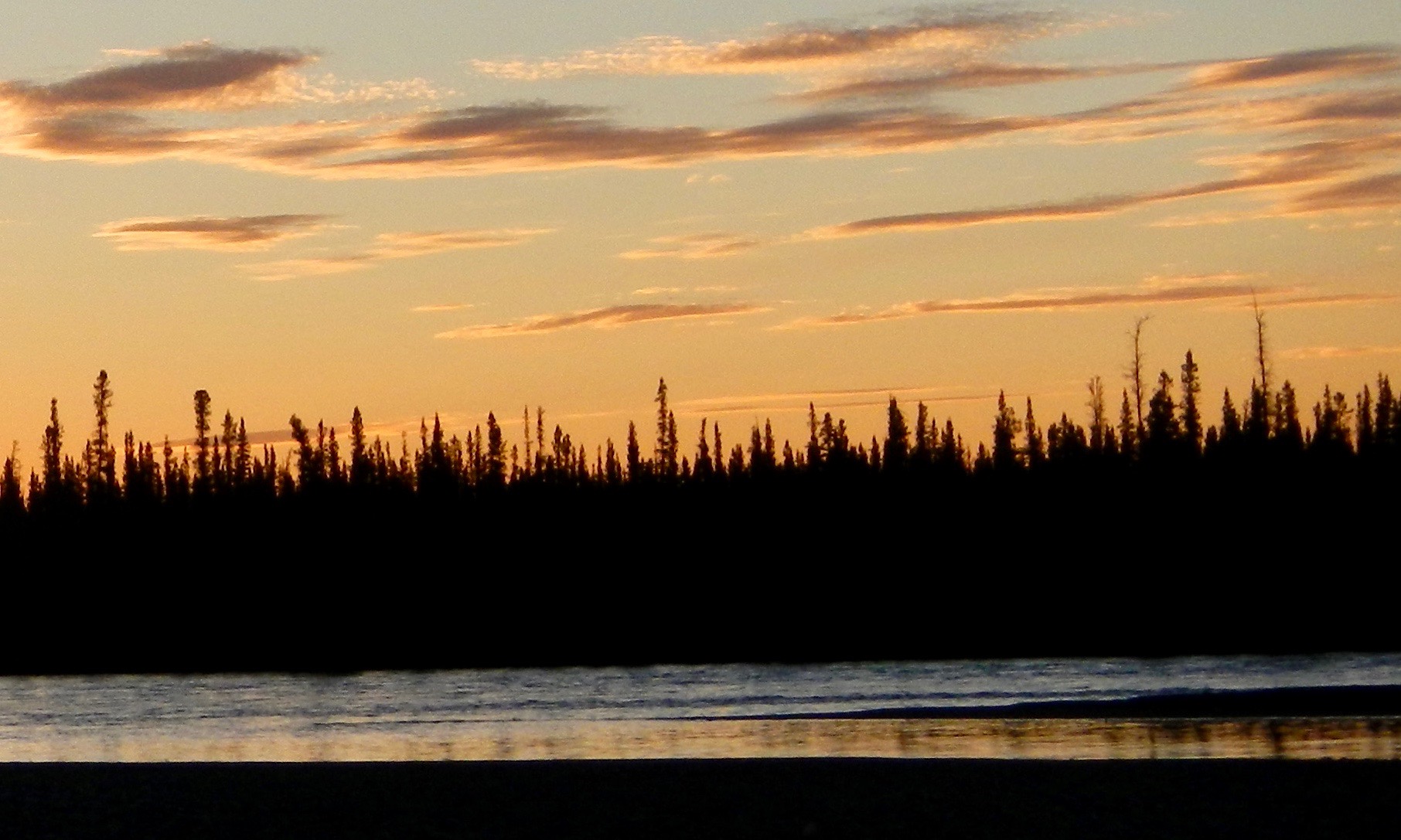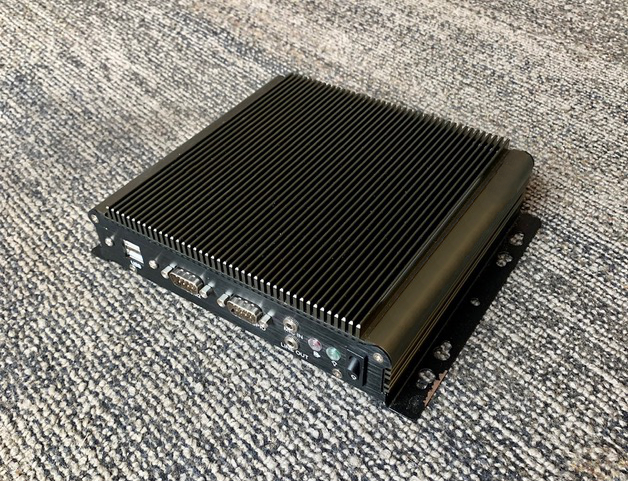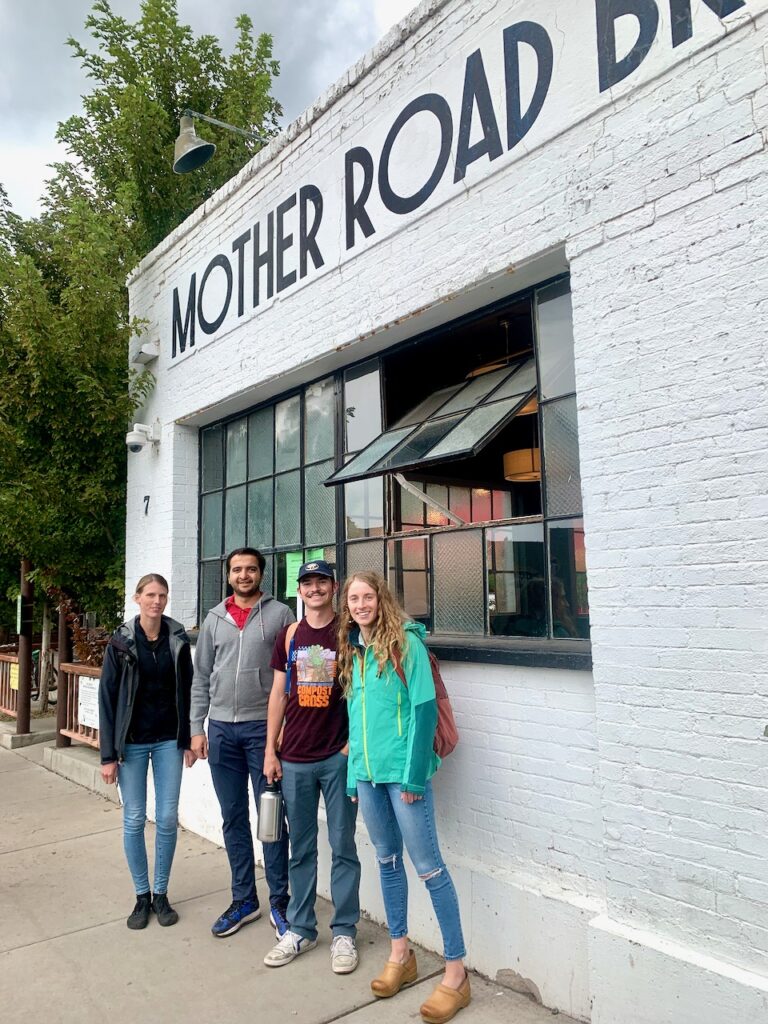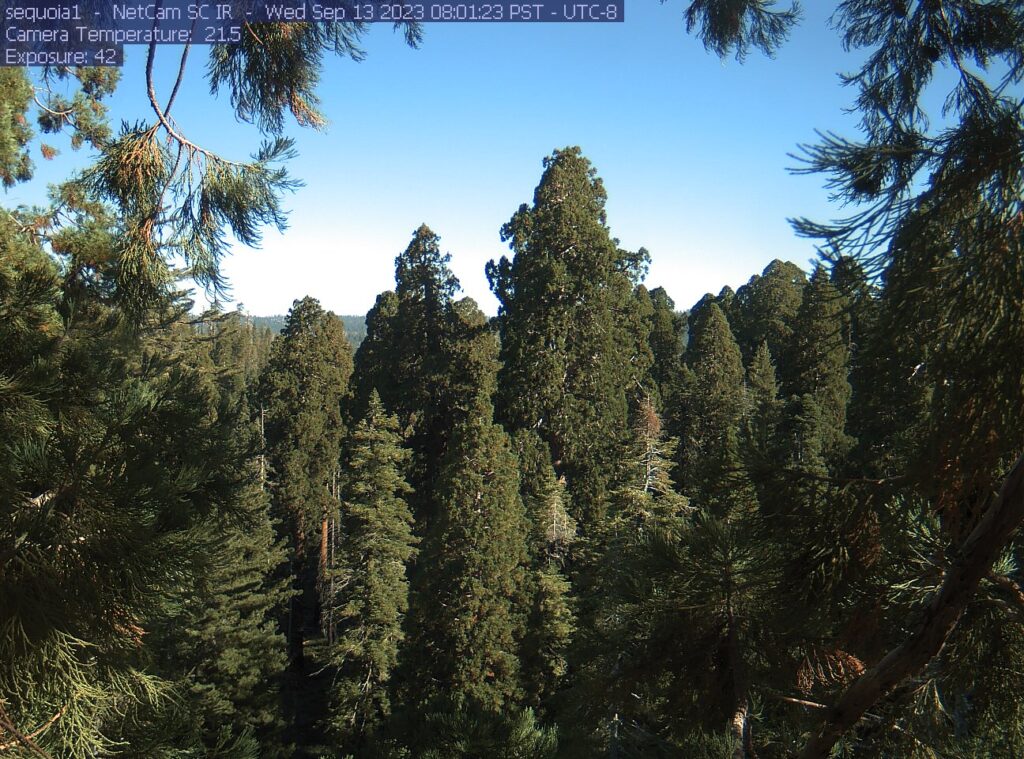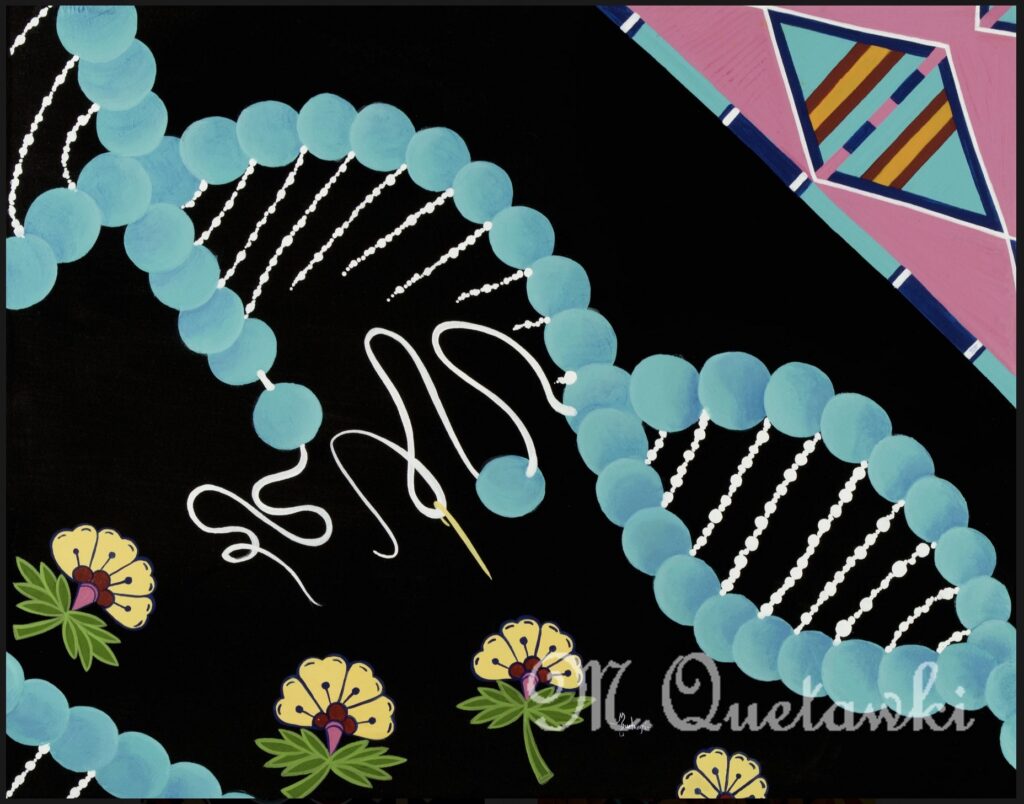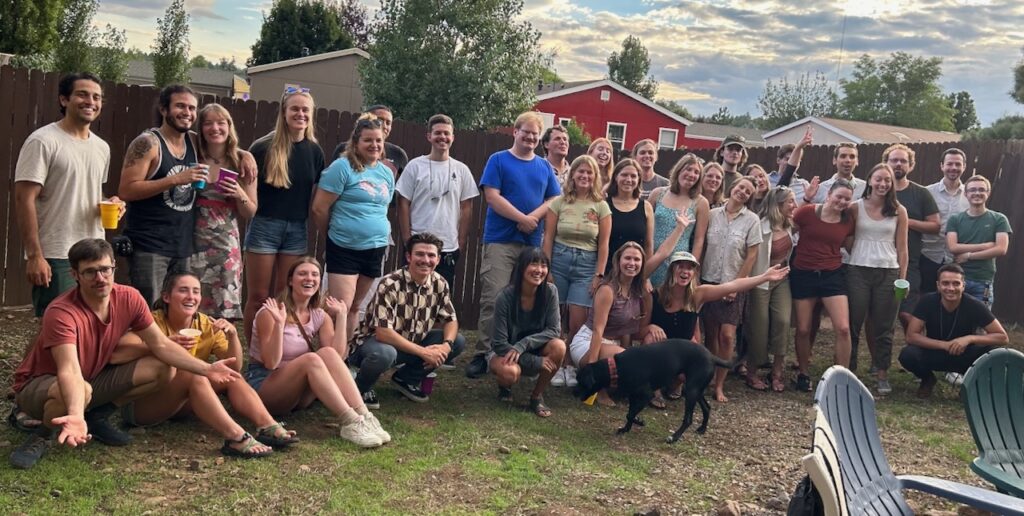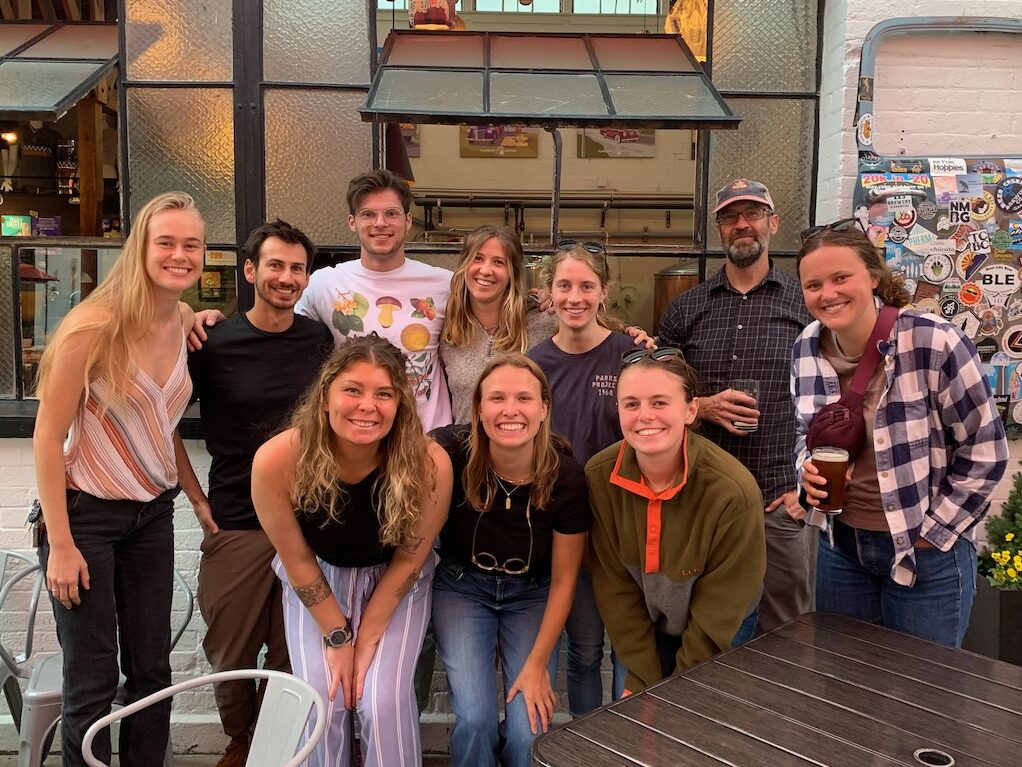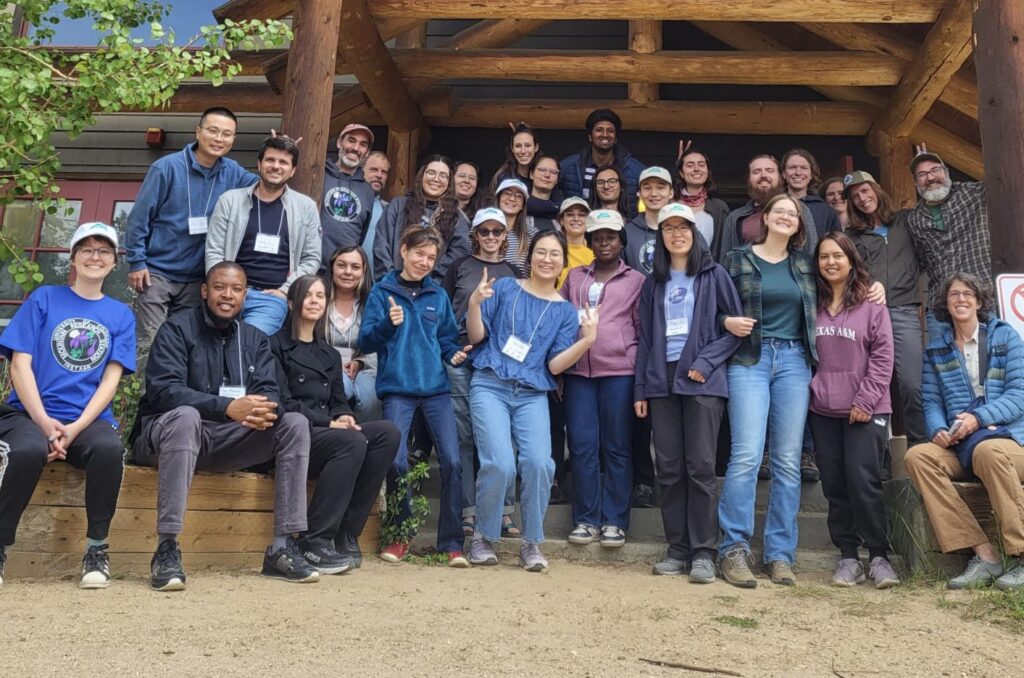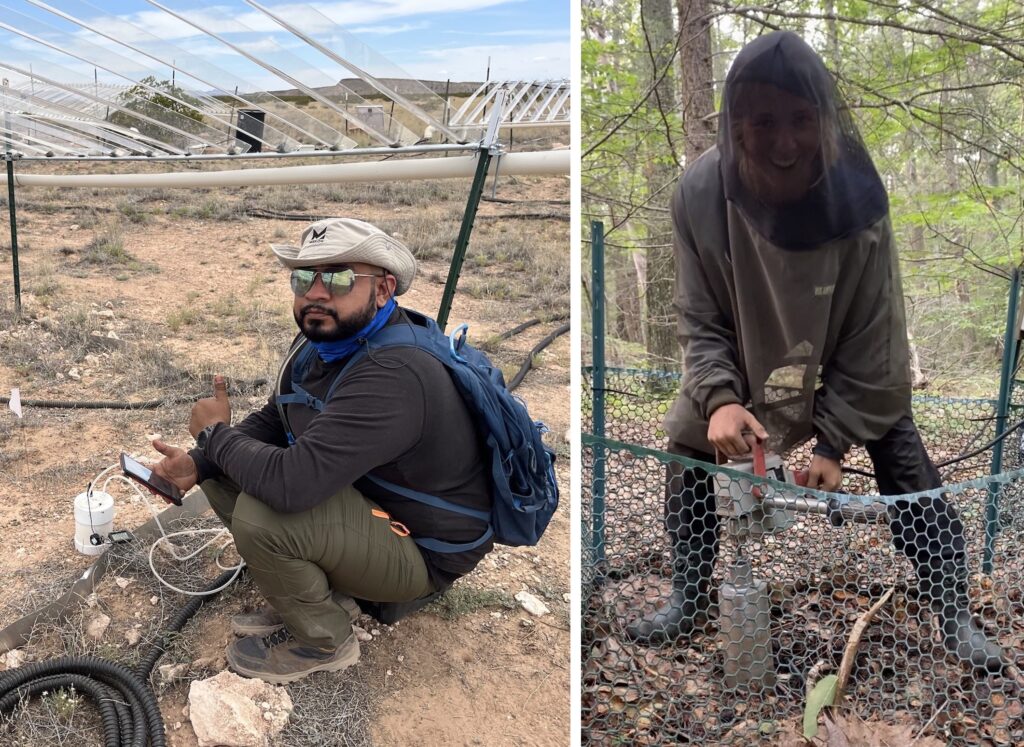For two weeks in September, we had a visit from Johanna Kranz, a PhD student from TU Dresden. Johanna (3rd from left in the back row, below) is working on the PhenoFeedbacks project under the guidance of J. Prof. Dr. Matthias Forkel. Johanna gave a presentation in the Ecoinformatics seminar, and interacted with faculty and students across campus. She also explored many of our local scenic wonders, including Walnut Canyon, the Grand Canyon, Red Mountain, and Sunset Crater. Before leaving town, Jacob and Jen took Johanna to the Lava River Cave northwest of Flagstaff for a below-ground (non-technical) spelunking adventure. Afterwards, Johanna wrote “Visiting Andrew’s lab was a great experience meeting other PhD students and postdocs and learning more about their different areas of research. I look forward to staying in touch and collaborating in the future!” Thank you for your visit, and your kind words, Johanna!
